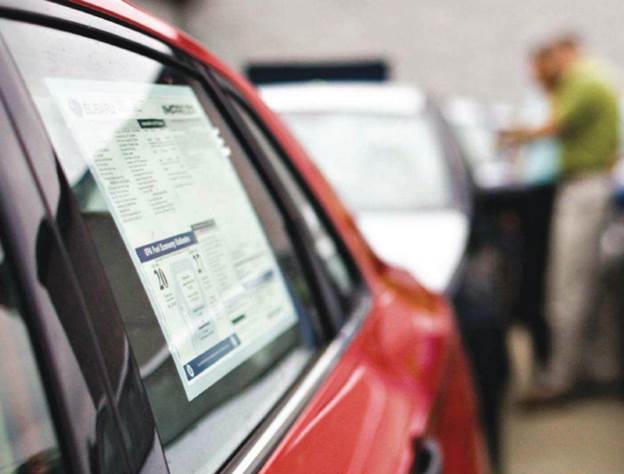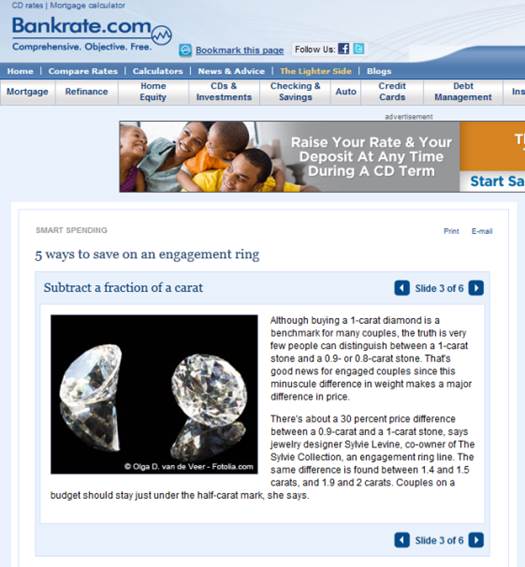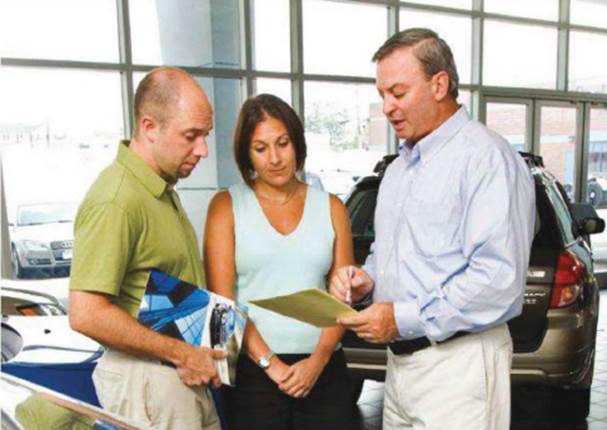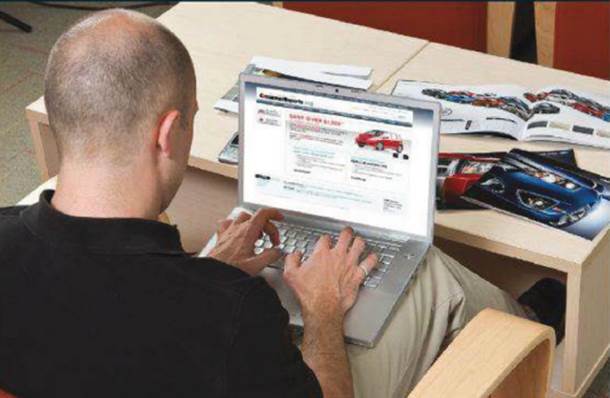Save money and avoid dealer tricks
Getting a discount off of a car’s sticker
price doesn’t mean a lot if you give back the savings in other areas of the
car-buying process. If you really want the best deal, you need to pay attention
to every step, from setting up the right financing to the right financing to
fending off last-minute sales pitches for unnecessary extras.

If
you really want the best deal, you need to pay attention to every step, from
setting up the right financing to the right financing to fending off
last-minute sales pitches for unnecessary extras.
Based on the experience of CR staffers, who
buy about 80 vehicles from dealers every year, the following pages give you a
proven blueprint for saving the most money, while avoiding the dealer tactics
that can cost you extra.
1. Set up your loan in advance
If you’re borrowing about $25,000 for a new
car, a difference of only two percentage points in the interest rate can add up
to more than $1,000 over the lifetime of the loan. And that can easily happen
if you’re not paying attention to the financing terms.
Even before you know which vehicle you’re
going to buy, you can get a jump on the process by comparing interest rates and
getting pre-approved for a loan. Go to websites such as BankRate.com,
ELoan.com, or LendingTree.com, to see what typical interest rates are in your
area. Then check with your bank or credit union (if applicable), as well as
other local banks and lending institutions to compare rates.

BankRate.com
Focus on the annual percentage rate (APR).
And try and keep the loan length as cost as possible, while still having an
affordable monthly payment. A four-year loan costs you far less overall than a
five-or six-year loan at the same rate.

LendingTree.com
Also, call the dealerships that sell the
models in which you’re interested to see how their rates compare. Go online to
the manufacturer websites and check for any special financing rates. You may
find that a model on your short list has a special low-interest rate available.
But if so, call the dealership to make sure you qualify for it; such incentives
are often only available to buyers with high credit scores. Getting
pre-approved by a bank or credit union keeps the negotiations at the dealership
simpler and removes some of the stress. And you can still decide to take a
dealer loan if it’s a better rate.
Red
flag:
“Don’t get ‘bumped’” When arranging a loan,
dealers often make extra money by bumping your interest rate up several
percentage points over the rate for which you actually qualify. That’s why it’s
critical to compare interest rates before you go to the dealership to buy the
car.
2. Find your trade-in value
A common dealer tactic is to give you a
token discount on a new car, and then make up for it by giving you less for
your trade-in. You can avoid this by knowing the value of your current car
before you go shopping. This depends on its age, mileage, condition, trim
level, options, and your area.

You
should be known the value of your current car before you go shopping
To get an idea of your car’s worth; check
its “book value” in printed pricing guides or at used-car pricing websites,
such as Kellley Blue Book (www.kbb.com) and
the National Automobile Dealers Association (www.nadaquides.com).
Focus on eh wholesale or trade-in value; the retail value is what you would pay
for the car at a dealership.
To help, we offers Used Car Price Reports
for $12, which give you the initial value of a model and walk you through the
process of adjusting the value according to options, mileage, and condition.
To get a better fix on your car’s worth;
check car-buying websites and local classified and dealer ads for models
similar to yours. But keep in mind these are asking prices, not what people are
paying
Get
an appraisal.
If you want a rock-solid figure to use for
comparison in your negotiations, take your car to the used-car department of
several dealers or used-car lots and ask what they would give you in a
straight-up sale.
Of course, you can always sell the car
yourself; you’ll usually get more money than by trading-in, but probably less
than the highest asking prices you found. But if you need the money for a down
payment, you’ll have to sell your old car before buying a new one. Trading in
can also lower the sales tax you’ll pay on the new car.
3. Set a target Price
Before negotiating with a dealership, you
should have an idea of what good price is for a particular model. This can
range from a figure that’s close to the full manufacturer’s suggested retail
price for a hot new model to thousands below MSRP for a slow-selling model.

The
invoice price can be found in printed pricing guides or on car-pricing
websites.
It helps to know the dealer’s cost. You can
estimate this by finding the invoice price and subtracting any dealer rebates
or holdbacks from it. The invoice price can be found in printed pricing guides
or on car-pricing websites. Some sites also list dealer rebates and holdbacks,
but it may take a little searching. Our New Car Price Reports do the math for
you with CAR’s Bottom Line Price, which is a good place to begin your
negotiations. Try to pay as little above that figure as possible.
CR’s Price Reports also now show you the
average price that buyers are paying for a model.